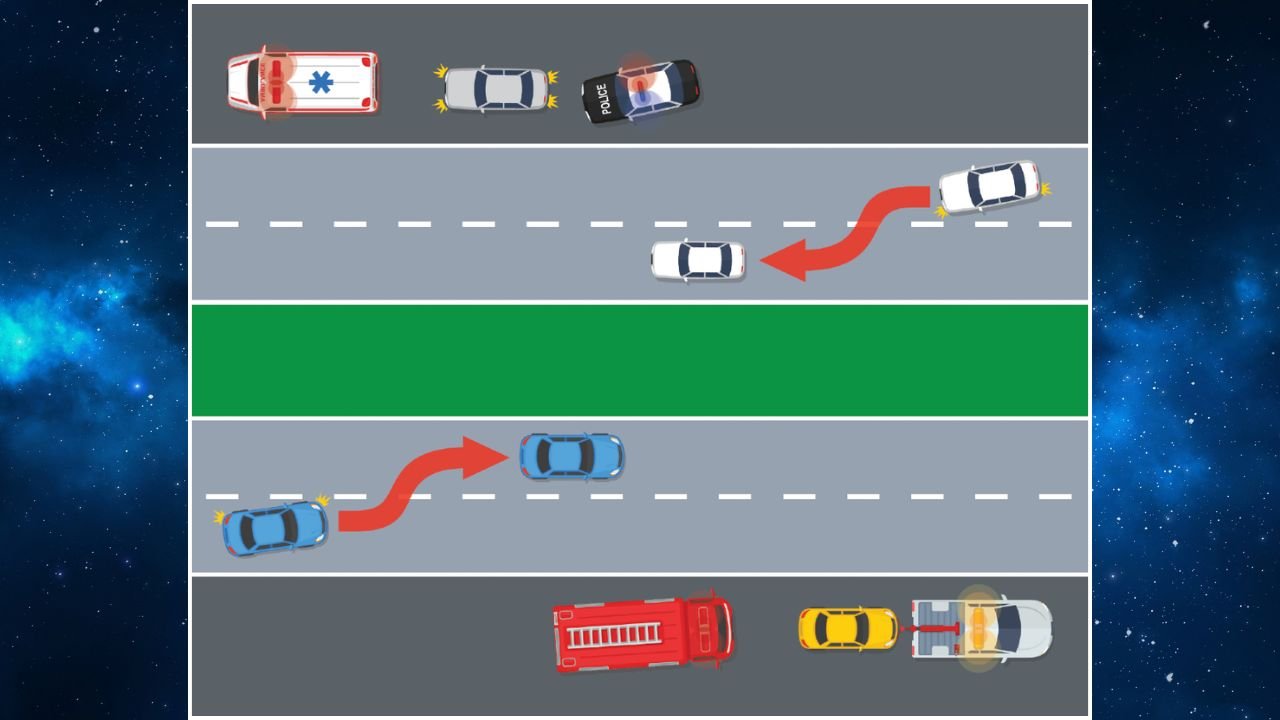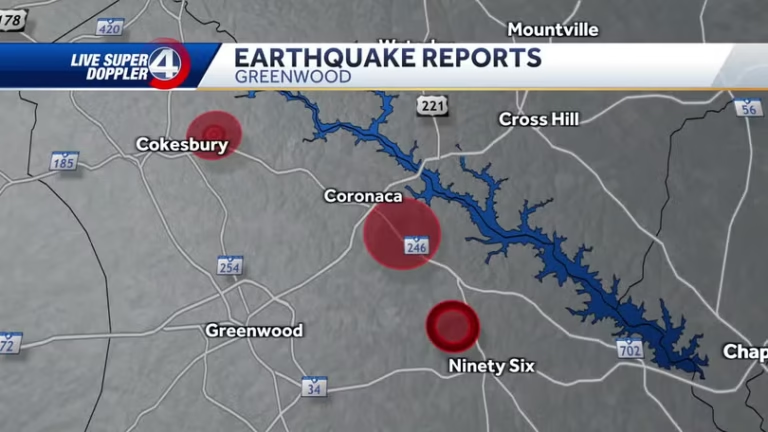New 2025 Rule Targets South Carolina Drivers Who Don’t Move Over for Emergency Vehicles
SALUDA, S.C. — South Carolina drivers are being hit with tougher enforcement for a law many don’t even know they’re breaking: failing to move over for stopped emergency vehicles. As of 2025, local law enforcement and the Department of Public Safety are ramping up penalties — and the consequences aren’t cheap.
What the Move-Over Law Actually Requires
Under South Carolina Code § 56-5-1538, drivers must change lanes or significantly reduce their speed when approaching a stopped emergency vehicle with flashing lights on the roadside. This applies to:
- Police cars
- Fire trucks
- Ambulances
- Tow trucks
- Highway maintenance and utility crews
The law is intended to protect emergency workers from getting struck by passing traffic — a problem that continues to claim lives every year. According to the SC Department of Public Safety, failure to follow the law can now lead to fines up to $500 for first offenses, and $1,000 or jail time for repeat violations.
Why It’s Being Enforced More in 2025
A statewide safety campaign began this summer after two SCDOT workers were nearly killed on I-26 when a driver failed to move over. Since then, police have issued hundreds of citations along major corridors like I-20, I-95, and I-77.
In a statement to WIS-TV, Richland County Deputy Troy Parker said,
“Too many drivers treat flashing lights like suggestions. They’re not — it’s the law. Move over or slow down, or you’ll get a ticket.”
What Counts As “Moving Over”?
You must change lanes away from the emergency vehicle if there’s room to do so safely. If you can’t change lanes — due to traffic or barriers — then the law requires you to reduce your speed significantly, often by 20 mph below the posted limit, and proceed cautiously.
This law applies on all multi-lane roads and interstates, and even on rural highways if emergency vehicles are present.
Penalties Are Getting Steeper
Starting this year, fines and enforcement have increased:
- First offense: Fine up to $500
- Second offense: Fine up to $1,000 or 30 days in jail
- If a responder is injured: Charges can include reckless endangerment or even felony assault
Drivers also face points on their license, which can impact insurance premiums.
Where You’re Most Likely to Get Caught
The SC Highway Patrol has identified enforcement zones in:
- Columbia’s I-26 corridor
- Greenville’s I-85 merge areas
- Coastal Route 17 during beach traffic
- Work zones marked with cones and flashing arrow boards
According to a report by The State, many tickets are issued where drivers don’t notice crews working, especially at night or during sudden lane closures.
Don’t Assume It’s Just for First Responders
The law now explicitly includes:
- Utility trucks (electric, gas, water)
- Roadside assistance vehicles like AAA
- Construction crews with warning signage
This expansion was added in a 2024 amendment after several linemen were injured during storm recovery operations. As explained by ABC Columbia, the change aims to protect all roadside workers, not just law enforcement.
If you see flashing lights — move over. If you can’t, slow down drastically. It’s not just about tickets anymore — it’s about saving lives. Emergency crews are counting on every driver to follow this basic rule of safety.
Have you ever had to swerve last minute because someone didn’t move over? Or seen a near-miss on a South Carolina highway? Share your experience at SaludaStandard-Sentinel.com — and help raise awareness of this critical law.







